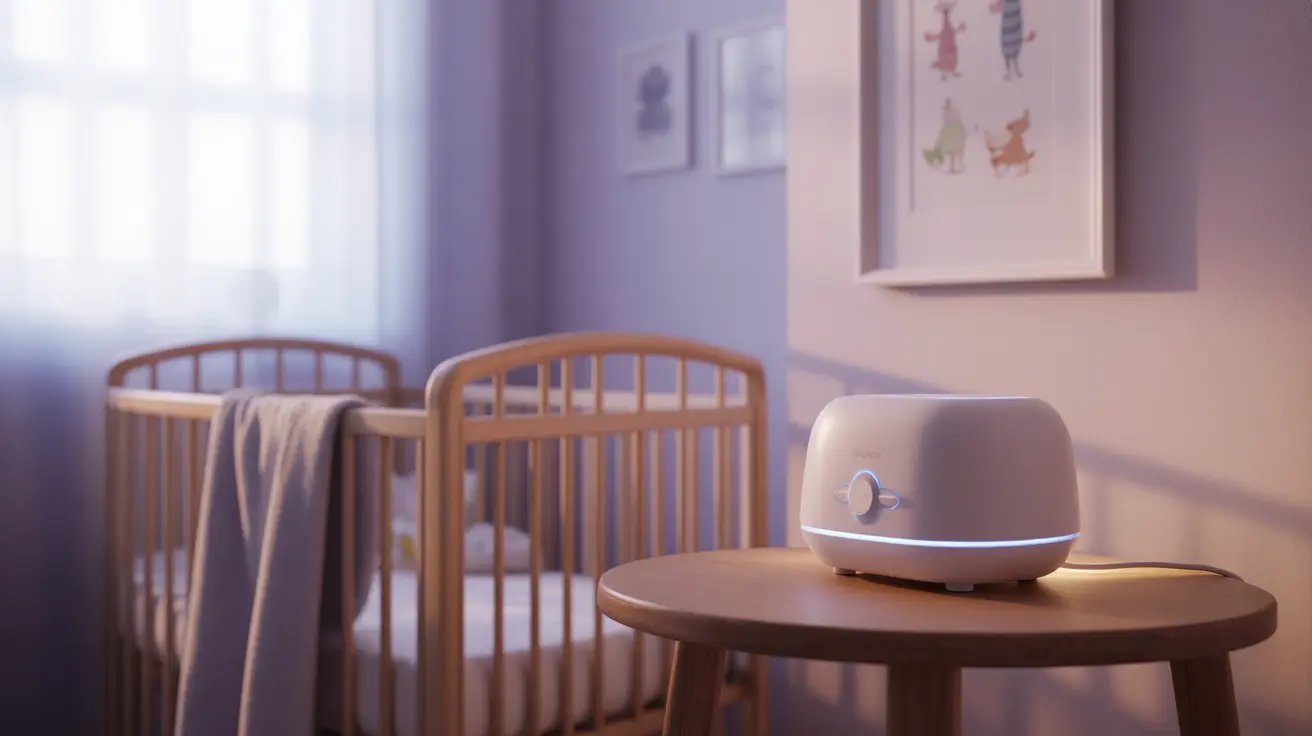Many parents turn to white noise machines to help their babies sleep better, but questions about safety and effectiveness naturally arise. Understanding the proper use of white noise for infants is crucial for making informed decisions about your baby's sleep environment.
This comprehensive guide examines the safety considerations, benefits, and practical guidelines for using white noise with babies, helping parents make educated choices about this popular sleep aid.
Understanding White Noise and Baby Sleep
White noise combines sounds at different frequencies to create a consistent, soothing background sound. For babies, it can simulate the familiar whooshing sounds they heard in the womb, potentially making the transition to sleep easier and more natural.
Safety Considerations for White Noise Machines
Volume Guidelines
The safe use of white noise machines depends largely on proper volume settings and placement. Experts recommend keeping the volume no louder than 50 decibels, which is approximately the sound level of a quiet shower or gentle rainfall.
Placement and Distance
Proper positioning of white noise machines is crucial for safety. The device should be placed at least 7 feet away from your baby's sleeping area to prevent potential hearing damage and ensure sound disperses appropriately throughout the room.
Benefits of White Noise for Infant Sleep
When used correctly, white noise can offer several advantages for baby sleep:
- Masks disruptive household sounds
- Creates a consistent sleep environment
- May reduce sleep onset time
- Can help establish sleep associations
- Potentially increases sleep duration
Potential Concerns and Limitations
While white noise can be beneficial, parents should be aware of potential drawbacks:
- Risk of overdependence
- Possible interference with natural sound processing
- Need for eventual weaning
- Importance of not using it as a sole sleep solution
Guidelines for Effective Use
To maximize benefits while minimizing risks, follow these best practices:
- Set a consistent volume level
- Use only during sleep times
- Choose a machine with auto-shutoff features
- Regularly check device functioning and cleanliness
- Monitor your baby's response to the sound
Frequently Asked Questions
Is white noise safe for babies and can it harm their hearing?
White noise is generally safe for babies when used properly. However, it can potentially harm hearing if the volume exceeds 50 decibels or if the machine is placed too close to the crib. Always follow volume guidelines and proper placement recommendations to ensure safety.
How loud should white noise be when used for a baby's sleep?
White noise for babies should not exceed 50 decibels, which is about the volume of a soft shower. The sound should be audible but not loud enough to overwhelm normal conversation or disturb peaceful sleep.
What are the benefits of using white noise to help babies fall asleep?
White noise can help babies fall asleep by masking sudden environmental sounds, creating a consistent sleep environment, and providing familiar, womb-like sounds that are naturally soothing to infants. It can also help establish positive sleep associations.
How far should a white noise machine be placed from a baby's crib?
White noise machines should be placed at least 7 feet (about 2.1 meters) away from your baby's crib. This distance helps ensure safe sound levels and proper sound distribution throughout the room.
Can babies become dependent on white noise to fall asleep and how do you wean them off it?
Yes, babies can develop a sleep association with white noise. To wean them off, gradually reduce the volume over several weeks. You can also try using it for only part of their sleep period or alternating between nights with and without white noise.
Remember that every baby is different, and what works for one may not work for another. Always observe your baby's response to white noise and adjust your approach accordingly while maintaining safe usage guidelines.




